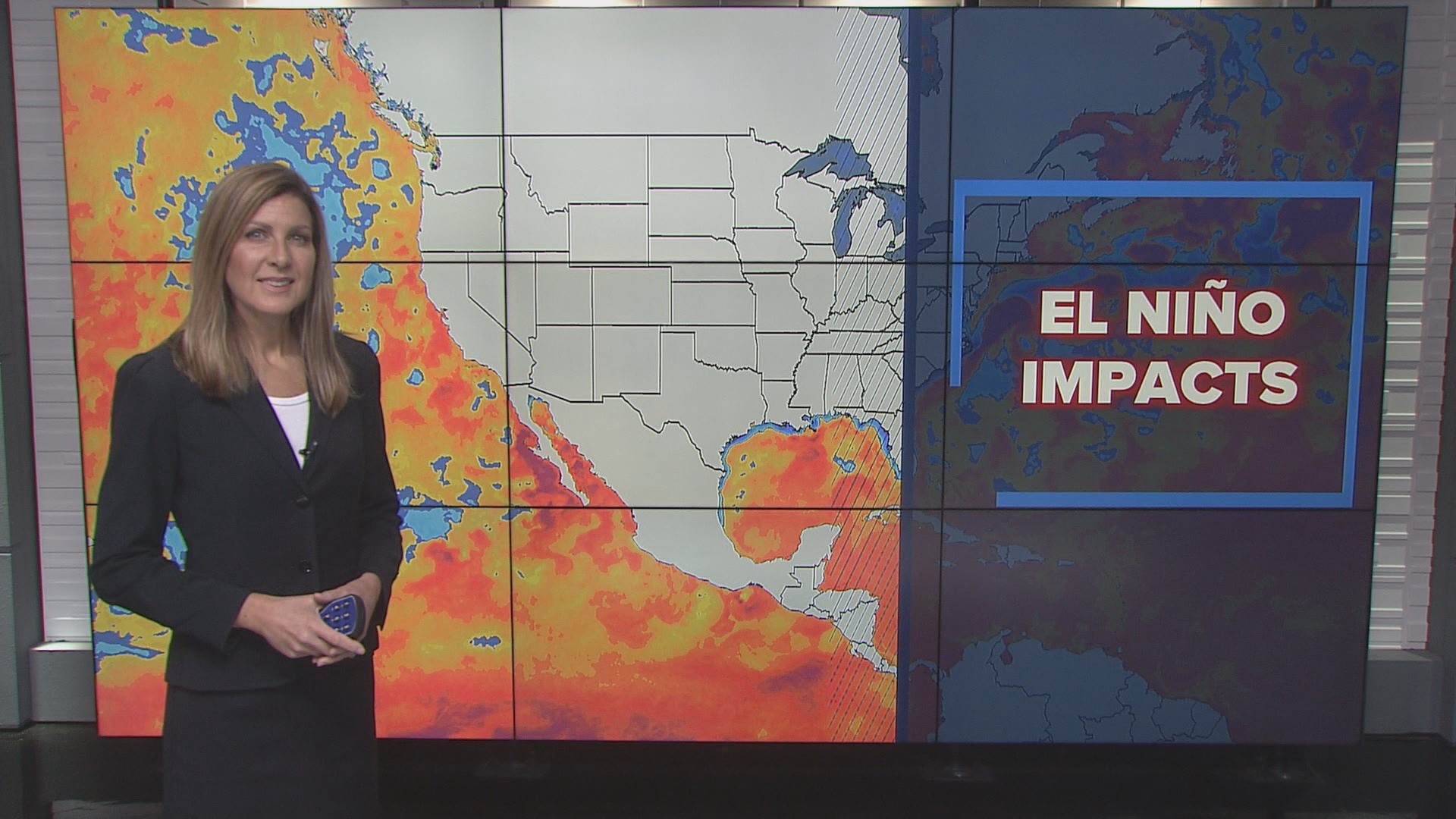SACRAMENTO, Calif. — A long-sought and disputed project in drought-prone California aimed at capturing more water during heavy rain storms reached a key milestone Friday when Gov. Gavin Newsom's administration finished an environmental review for an underground tunnel.
The tunnel would be about 45 miles (72 kilometers) long and 36 feet (10.9 meters) wide, or large enough to carry more than 161 million gallons of water per hour. The tunnel would be another way to get water from Northern California, where most of the state's water is, to Southern California, where most of the people live.
The Newsom administration says the tunnel is a necessary upgrade of the state's aging infrastructure because it will protect the water supply from earthquakes and capture more water from rainstorms known as atmospheric rivers that scientists say have been increasing because of climate change.
But environmental groups, Native American tribes and other opponents say the project will take more water out of the river than is necessary and will harm endangered species of fish.
Friday, the California Department of Water Resources released its final environmental impact report for the project. The report is the last step of a complex and lengthy state regulatory process. But it doesn't mean the project is close to being built. The project still must complete a federal environmental review and obtain various state and federal permits. That process is expected to last until 2026.
State officials have not said how much it will cost to build it. A previous estimate on a different version of the tunnel was for $16 billion. State officials will release a new cost estimate next year.
Still, Friday's report is significant because it signals the Newsom administration's commitment to completing the project despite strong opposition from communities in the Sacramento and San Joaquin River Delta region. Newsom says climate change is threatening the state's access to clean drinking water, warning the state's supply could drop 10% by 2040.
The state recently went three years without significant, sustained rain. The drought dropped reservoirs to dangerously low levels and forced millions of people to ration their supply. That drought ended suddenly last winter when California was hit by a series of storms that flooded the state's rivers and filled lake beds that had been dry for years.
State officials said had this tunnel existed during those storms, the state could have captured and stored enough water for 2.3 million people to use for one year.
"Doing nothing is not an option," Newsom said.
Environmental groups say the Newsom administration is ignoring their concerns. The Sierra Club said in a statement that the tunnel's construction and operation would "cause mass environmental destruction for Delta communities and ecosystems." Scott Artis, executive director of the Golden State Salmon Association, called it "an extinction plan for salmon."
Jon Rosenfield, science director for San Francisco Baykeeper, said California already diverts more than half of the water flowing through Central Valley rivers for farms and big cities, which threaten native species of fish.
"The science clearly demonstrates that fish need increased river flows to survive, but state agencies are ignoring it," Rosenfield said. "Chinook salmon, steelhead, longfin smelt and other fish that have thrived here for millennia cannot survive the Newsom administration's assault on San Francisco Bay and its watershed."
California Natural Resources Secretary Wade Crowfoot said the Newsom administration has secured more than $1 billion in funding over the last three years to increase flows in rivers for environmental purposes and to expand habitat for fish and other wildlife.
"Our commitment remains steadfast for water resilience, not only for human communities, but also for our natural communities," he said.
Adel Hagekhalil, general manager of the Metropolitan Water District of Southern California, said the agency will review the findings from the environmental impact report to determine "how best to invest our resources." The water district provides water to 19 million people.
"The recent drought was a powerful indicator of just how vulnerable the State Water Project is – deliveries were so low last year that some Southern California communities could only get a fraction of the water they normally rely on," Hagekhalil said. "Preventing this from happening again will take bold action and a clear recognition of the challenges we face."



















